Education & Training
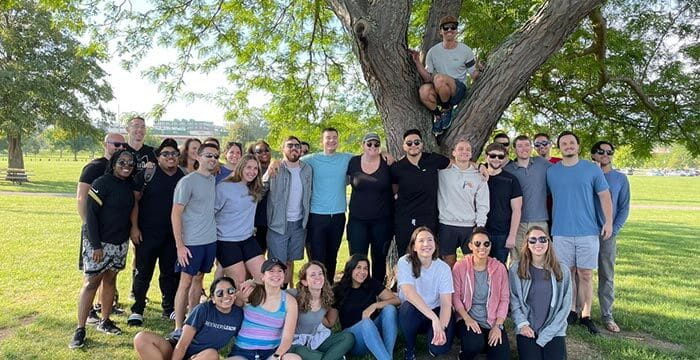
The Case Western Reserve University/UH Cleveland Medical Center Emergency Medicine Residency Program is a three-year program with a special emphasis on training physicians who are resuscitation experts and have the highest skills in airway management and point of care ultrasound. All three are core competencies of our specialty.
We believe in a varied curriculum that includes case based learning, mock code drills and simulated case-based resuscitations, flipped classroom learning with on-line modules, practice drills for procedures and leadership development.
Rotation Distribution by Year

PGY1
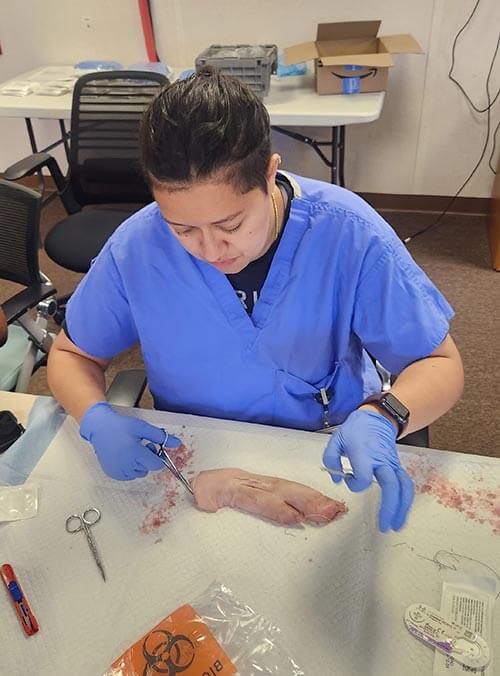 Our first year kicks off with orientation to help prepare you for the rigors of clinical EM. Much of the first year is focused on building approaches to the common chief complaints in the ED. We create an extra hour of teaching time each week for our early interns in the form of "Intern Report," where we spend time building differential diagnosis, practicing procedures and reading literature at the foundation of our clinical practice. Each first-year off-service rotation is crafted to help build the foundation for skillsets essential to the practice of EM.
Our first year kicks off with orientation to help prepare you for the rigors of clinical EM. Much of the first year is focused on building approaches to the common chief complaints in the ED. We create an extra hour of teaching time each week for our early interns in the form of "Intern Report," where we spend time building differential diagnosis, practicing procedures and reading literature at the foundation of our clinical practice. Each first-year off-service rotation is crafted to help build the foundation for skillsets essential to the practice of EM.
PGY2
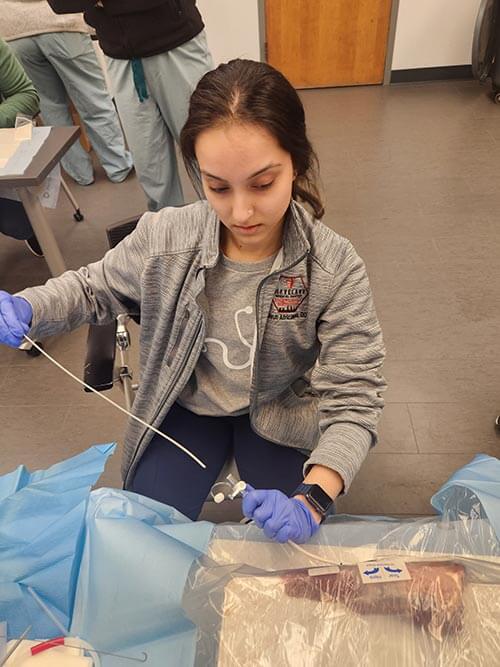 Second year is about going beyond the basic work-up and evaluation of patients and fully understanding the diversity of patient presentations and the underlying pathology of those presenting to the ED. As a second-year resident, you spend much of your time in the ED learning to hone the "sick versus not sick" gestalt that is imperative for every emergency physician to have. The off-service rotations in second year focus on fostering an understanding of what happens to the sickest patients once they get admitted from the ED, which helps to provide deeper insights into how initial resuscitation decisions influence the downstream course for patients. Our first (of two) elective blocks also are offered in the second year to help residents explore the number of career paths available after residency and begin to develop a niche if they are academic-bound.
Second year is about going beyond the basic work-up and evaluation of patients and fully understanding the diversity of patient presentations and the underlying pathology of those presenting to the ED. As a second-year resident, you spend much of your time in the ED learning to hone the "sick versus not sick" gestalt that is imperative for every emergency physician to have. The off-service rotations in second year focus on fostering an understanding of what happens to the sickest patients once they get admitted from the ED, which helps to provide deeper insights into how initial resuscitation decisions influence the downstream course for patients. Our first (of two) elective blocks also are offered in the second year to help residents explore the number of career paths available after residency and begin to develop a niche if they are academic-bound.
PGY3
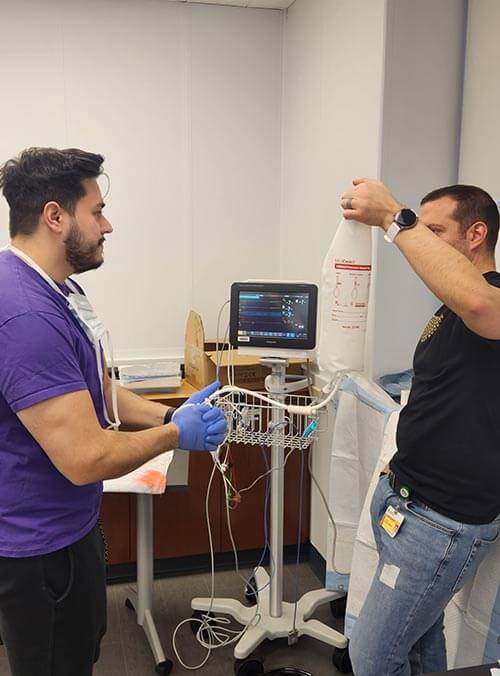 The final year of our residency program is about moving toward autonomous practice as you lead the department in your oversight of the highest acuity pod in our ED. As a third-year, you serve as leader of medical and trauma resuscitations in the department and also are challenged to balance patient volume while providing the highest quality care to all your patients. You will spend the majority of your time in the ED honing your experience to prepare you for your future as a cutting-edge emergency physician. The goal of the off-service time in third year allows residents to mindfully explore and augment their existing practice patterns while providing a second month of elective that enables further professional development and career planning.
The final year of our residency program is about moving toward autonomous practice as you lead the department in your oversight of the highest acuity pod in our ED. As a third-year, you serve as leader of medical and trauma resuscitations in the department and also are challenged to balance patient volume while providing the highest quality care to all your patients. You will spend the majority of your time in the ED honing your experience to prepare you for your future as a cutting-edge emergency physician. The goal of the off-service time in third year allows residents to mindfully explore and augment their existing practice patterns while providing a second month of elective that enables further professional development and career planning.
Weekly Conference
Our weekly resident conference aspires to be as cutting-edge as possible to provide the maximal educational and engaging experience. We aim to ensure that each session's educational goals align with the most effective teaching modality by emphasizing hands-on experiences, small group discussions and debates when possible. While the UH EM faculty provide their insights weekly, we regularly invite speakers from other renowned EM programs and other UH departments to gain insights from experts outside our own department. Monthly mock oral boards and journal clubs round out our conference curriculum to ensure that our trainees graduate prepared for the boards and ready to be life-long learners.
EMS curriculum
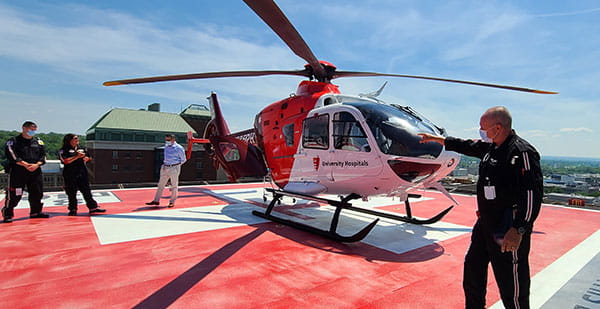 The residents have full exposure to emergency medical service direction and get experience with their fire department and paramedic colleagues in ride-alongs (there are opportunities to fly with our critical care transport team as well) and each resident helps teach in our prehospital EMS training modules.
The residents have full exposure to emergency medical service direction and get experience with their fire department and paramedic colleagues in ride-alongs (there are opportunities to fly with our critical care transport team as well) and each resident helps teach in our prehospital EMS training modules.


